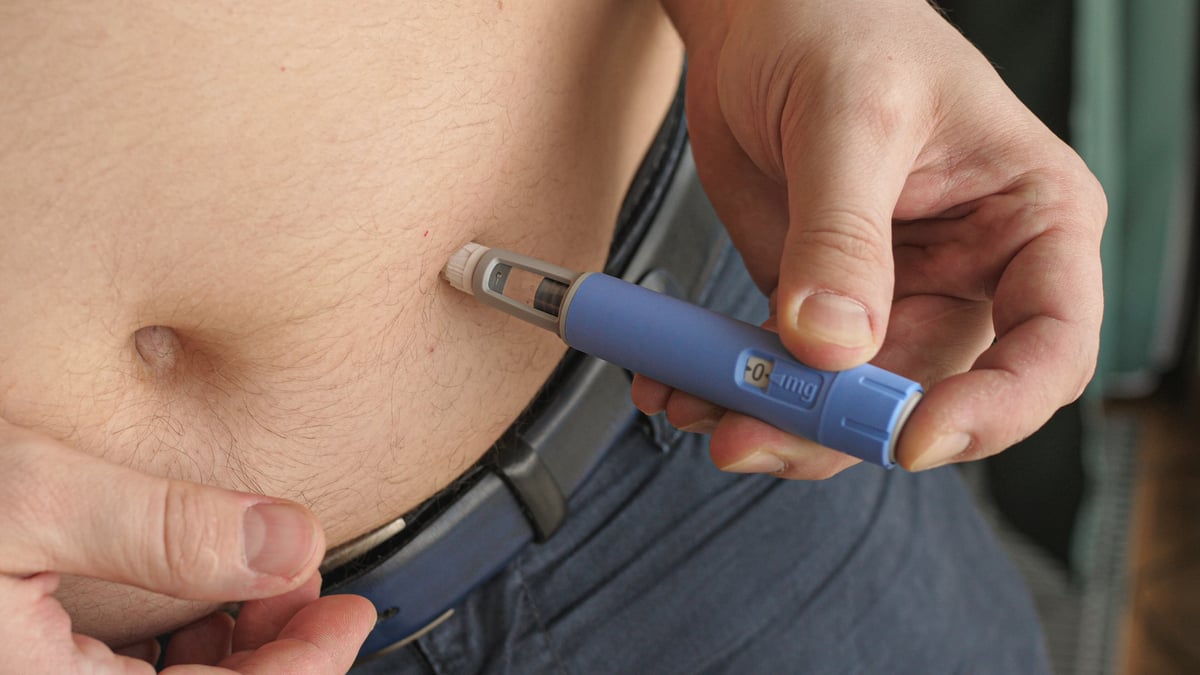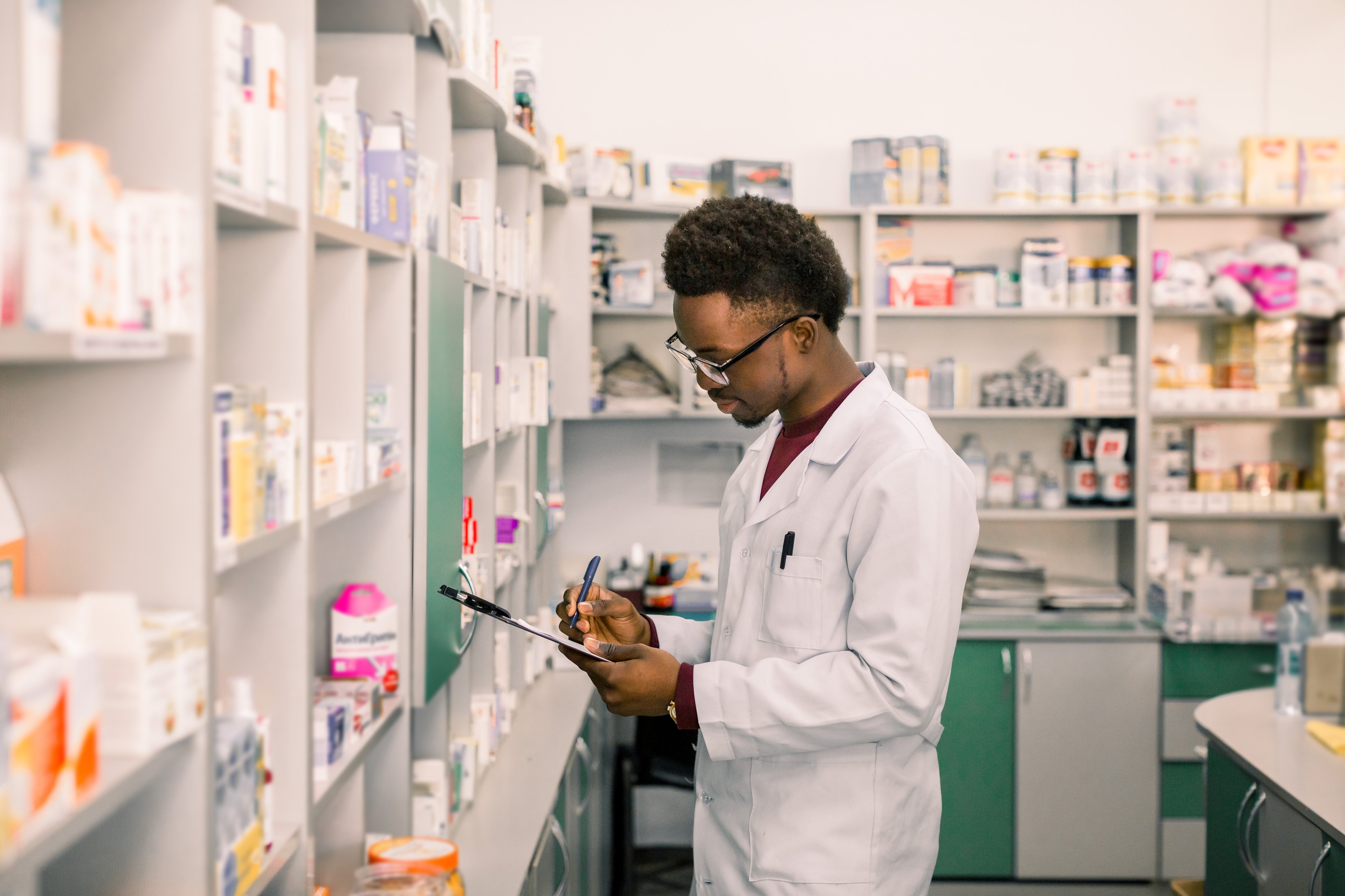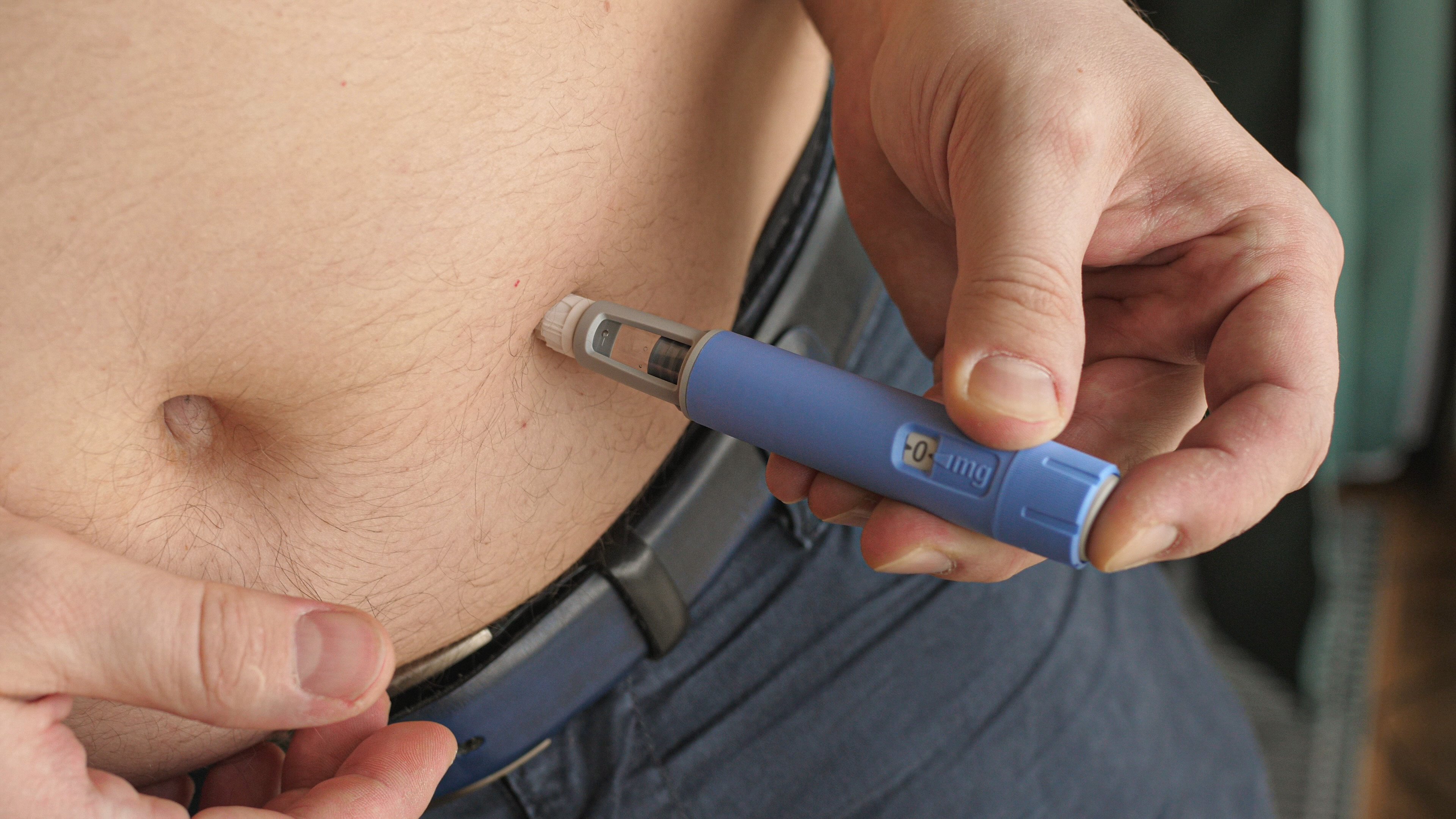Eli Lilly (LLY +3.65%) stock has soared in the triple digits over the past three years thanks to one particular product line: its weight-loss drugs. Lilly is the maker of tirzepatide, sold under the name Mounjaro for type 2 diabetes and Zepbound for weight loss. But physicians have prescribed either for patients aiming to control their weight.
These two drugs have become blockbusters, generating billions of dollars for the company over the past couple of years. And the great news is, though these have become star drugs for Lilly, the pharma giant doesn't rely on them -- the company sells a wide range of other drugs across treatment areas, from oncology to neuroscience.
And today, a catalyst for earnings growth and stock performance may be right around the corner. Considering this, where will Lilly be in three years? Let's find out.

Image source: Getty Images.
Mounjaro and Zepbound
First, though, let's take a look at Lilly's current situation. As mentioned, the pharma company serves patients across specialty areas, and this has helped revenue and net income to advance over time. Last year, four of the company's products saw double-digit growth in revenue, while Mounjaro climbed in the triple digits. And Mounjaro and Zepbound together are compensating for declines in sales of Lilly's older blockbuster diabetes drug, Trulicity, which faces a key patent expiration in 2027.
In the most recent quarter, Mounjaro and Zepbound delivered 68% and 172% increases in sales to more than $5 billion and $3 billion, respectively. And Lilly's pipeline includes late-stage candidates that could potentially contribute to revenue three years from now -- it has more than a dozen candidates involved in phase 3 studies at the moment, and one in particular represents that catalyst I mentioned earlier.
I'm talking about orforglipron, Lilly's oral weight-loss candidate. Today's weight-loss drugs -- tirzepatide and rivals such as Novo Nordisk's Ozempic and Wegovy -- are taken weekly by injection. But Lilly has been working on a similar product in pill form, something that would be easier and cheaper to manufacture and may be more convenient for certain patients.
Lilly recently reported solid results for orforglipron in the Attain-1 trial, with patients in the trial achieving average weight loss of 12.4% at 72 weeks. This is with the highest dose, 36 mg. (A second study of orforglipron involving patients with obesity and type 2 diabetes showed average weight loss of 10.5%.)
By comparison, though, today's injectable weight-loss drugs have delivered greater efficacy. For example, tirzepatide in a phase 3 trial resulted in average weight loss of 15% at 72 weeks with the lowest dose of the drug, which was 5 mg.

NYSE: LLY
Key Data Points
Is the weight-loss pill a disappointment?
Investors weren't too happy with orforglipron's lower efficacy, and as a result, Lilly's shares fell 14% after it announced the Attain-1 data. But I'm not convinced this difference in efficacy will create a major headwind for orforglipron. The bottom line is demand is high for weight-loss drugs -- so high that Lilly and Novo Nordisk's current drugs all were on regulators' drug-shortage list a year ago. And this high demand means there is need for a variety of drugs that can be made available for patients worldwide.
The specific advantage of an oral formulation is it can be easily transported and distributed in remote areas or in lower-income countries. And it's a convenient option for people who travel a lot or need to take their medicines on the go.
An important part of the weight-loss portfolio
So, while I don't think orforglipron will dethrone Mounjaro and Zepbound, I think it will become an important part of the Lilly weight-loss portfolio. The company plans on beginning the regulatory submission process this year -- and if all goes well, orforglipron as well as Mounjaro and Zepbound could represent significant growth drivers for Lilly three years from now. They might also be joined by another weight-loss drug as candidate retatrutide today is involved in phase 3 trials. That potential product works across three hormonal pathways -- tirzepatide acts on two -- so it may offer even more efficacy than today's weight-loss drugs.
All of this could make Lilly the leading weight-loss drug company three years from now, helping it take significant share of a market that Goldman Sachs Research predicts will reach $95 billion by 2030.
So, this means that right now is a great time to buy this big pharma stock and hold on as this growth opportunity unfolds.





